The Music, History, and Inspiration of the Chitlin’ Circuit
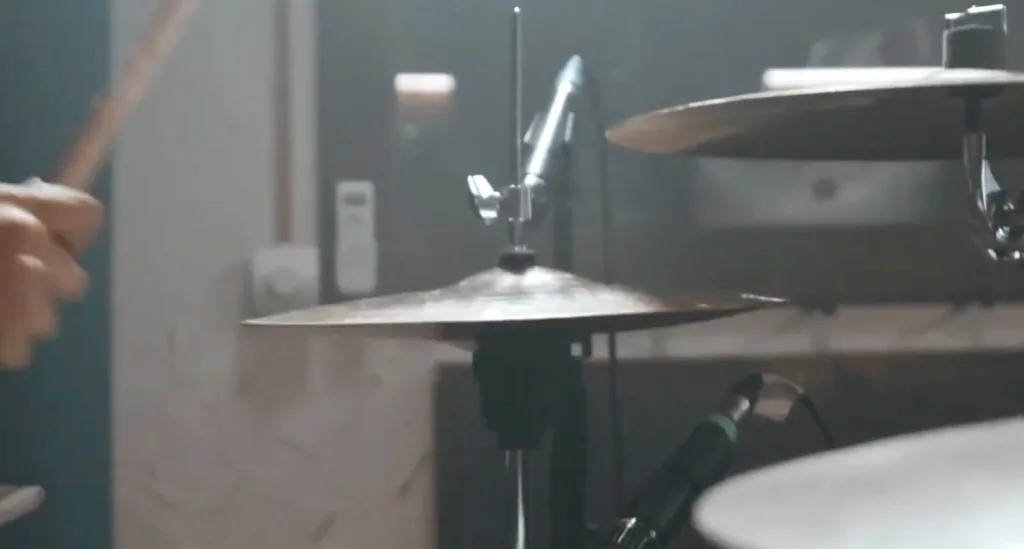
jaci remondet staff A vibrant soundtrack of soulful music plays within the walls of juke joints and dance halls that make up the Chitlin Circuit. The cords play sounds of pain, joy, challenges and resilience, but these melodies are not just confined to that time and within those walls. The musical roots stem deep into history and echo throughout present-day symphonies. A web of juke joints and clubs named the Chitlin Circuit hosted African-American musicians during the Jim Crow era. Sounds of jazz, blues, and R&B filled the various venues of the circuit. Drummer Rodgers George, who learned to play on the circuit, says “Dancing Music” was his main genre. “We did music for the people that wanted to dance,” says George. “And we did dance music all of our lives so that meant you played for all ages.” Rodgers and his band didn’t play any specific genre of music but rather music that got people to dance. Blues is the foundation of the Chitin Circuit sounds and most modern musical genres. Eileen Southern says in “The Music of Black Americans: A History” that blues originated from the early days of American slavery. The slaves used it as a language. It was a way for slaves to communicate their feelings, hopes and struggles. “Through the medium of song the slaves could comment on the problems and savor the few pleasures allowed them; they could voice their despair and hopes, and assert their humanity in an environment that constantly denied their humanness.” Eileen Southern According to Southern, the songs ranged from full phrases to simple “whoops” and each one had deep meaning. Michael V. Uschan, author of “The Music Library: The History of The Blues,” says that African American pianist Ferdinand Joseph LaMothe, better known as Jelly Roll Morton, made the earliest recorded mention of the blues in 1902. In New Orleans, Morton encountered Ma Rainey, later known as the “Mother of the Blues,” singing about the struggles of providing for the man she loved while playing the piano with just three fingers. Blues heavily inspired the musical style of the Chitlin Circuit, and it continues to influence music today. In the 1950s, African Americans fused blues with gospel music from the Pentecostal Church, creating a new sound called rhythm and blues, according to the book “The History of R&B and Soul Music.” Working-class African Americans deserve credit for developing original United States musical genres inside of juke joints. “[The blues] is prevalent in all kinds of music not just jazz but rhythm and blues, country, rock, so it is still used today by musicians in a number of different genres,” says Nicholls State University music professor Jason Ladd. Jason Ladd, a Nicholls State University music professor Music historian Tom Piazza says in the book “The History of The Blue,” “[It] may be helpful to see the blues as a huge river through the middle of our culture. Almost every notable form of American music in the twentieth century is a city or a village along that river.” Though the physical form of the Chitlin Circuit no longer exists, its soul is still alive today within every song and every beat. The Chitlin’ Circuit Music: An Inspiration
It Takes A Village: Hosea Hill, Frank Painia and Deacon John Moore
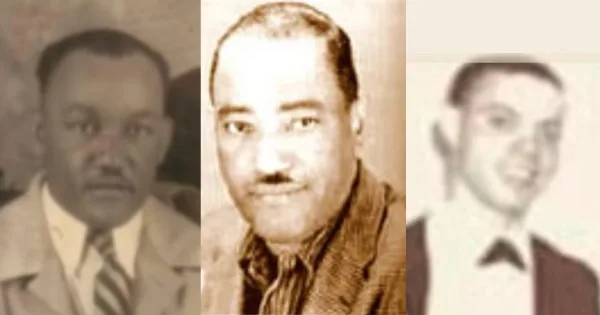
gabrielle chaisson staff The Chitlin’ Circuit was more than a gig or a venue—it allowed Black musicians and entrepreneurs to succeed in the Jim Crow era. “In the region, there was a pretty elaborate network of educated musical people in the Black community and the music gravitated from them.” Tommy Lyons, Musician But at the heart of the circuit was the people behind the musicians. People like Hosea Hill, Frank Painia and Deacon John Moore each played a part in the circuit network. Hosea Hill owned the Sugar Bowl, an exclusively Black club in Thibodaux, and managed circuit artists like Guitar Slim, Hosea Hill and the Serenaders, along with smaller artists. He also served as an entrepreneur, banker, cop, manager and father figure in his local community, says his niece Angela Watkins. “Uncle Hosea was such a generous person,” says Watkins. “When you couldn’t pay he would say, ‘Can you wash the dishes? I’ll let you in if you can wash the dishes.’ He found ways to make money and help people at the same time.” Hill had connections that brought regional attention and entertainment to the Thibodaux area. He also worked with Frank Painia, owner of the Dew Drop Inn in New Orleans, to book circuit artists, says former Hosea Hill and the Serenaders tenor saxophone player Ronald Goff. Frank Painia originally opened the Dew Drop Inn in 1939 as a barbershop. Over time, it developed into a restaurant, hotel and popular circuit venue, according to a Dew Drop Inn press release. Artists like “Ray Charles, Little Richard, Irma Thomas and Fats Domino” performed there, and it served as the birthplace of rock n’ roll, according to the Dew Drop Inn’s website. The local community viewed the Painia family as “protective, familial and paternal. They really looked out for people,” says author and music journalist Ben Sandmel. Painia violated the City of New Orleans code, ordinance number 828, and welcomed Blacks and whites to the venue, which led to multiple arrests, according to Painia v. City of New Orleans 1967 court documents. This ordinance banned the sale and consumption of alcohol to both whites and Blacks under the same roof unless separated by a “solid partition.” Painia fought against these laws after each arrest and continued welcoming all races into the Dew Drop Inn, according to “A Closer Look NOLA’s” website. Another prominent figure in the circuit was Deacon John Moore, a popular New Orleans musician, who served as the bandleader of the Dew Drop Inn’s house band in 1960 and led his own band called Deacon Moore and the Ivories, says Mississippi Blues Trail writer Scott Barretta. Moore is an accomplished musician who got his start on the circuit performing at venues like 100 Men Club and the Dew Drop Inn. He now performs at private events along the coast. “He’s only ever recorded a couple records and part of that has to do with the fact that he became the leading private party band,” says Barretta. “Deacon John is not as visible as a recording artist, but he is extremely beloved as a live performer.” Moore learned how to adapt his act over the past 50 years as music styles shifted from blues to rock n’ roll and Motown to funk, says Barretta. “He’s performed here since he was 17 years old. He [Moore] says ‘I’m the last man standing on the Chitlin’ Circuit,’” says 100 Men Hall Director Rachel Dangermond. Hill, Painia and Moore brought the Chitlin’ Circuit down to Louisiana through their clubs, connections and courage and helped shine a light on black talent. “To build a name [on the circuit], you needed to have a name behind you.” Angela Watkins
The Great Depression and WWII’s Impact on The Chitlin’ Circuit

kaylie st.pierre staff On a Saturday night in South Louisiana, sounds of saxophones, laughter and dancing filled the air, regardless of the tough times and uncertain future. The local nightclubs offered the only entertainment around, promising memories and good music for just fifty cents. The Chitlin’ Circuit thrived during the Great Depression, from 1929 to 1939, and World War II, from 1939 to 1945. These time periods marked growth for the circuit due to the limited entertainment opportunities in the South. “Chitlin Circuit and the Road To Rock ‘N Roll” author Preston Lauterbach says the lack of entertainment and affordability of the Circuit helped it flourish. “There wasn’t a lot going on. People didn’t have TV. There was very limited access to radio and other media. A popular band coming through a town and playing for 50 cents was a pretty good deal, it was worth it for people.” Preston Lauterbach The Depression assisted in migration, making it easier for people to leave harsh discrimination in the South. A local musician, Thomas Lyons, says the Great Depression spurred musicians to migrate to Northern areas where they developed their own music cultures. “People had disposable income, and they wanted to have a good time,” Lyons says. “So the Circuit and booking agents sprung up because they could make money doing it.” WWII provided jobs for African Americans, resulting in better income. More venue owners established Black nightclubs, giving musicians job opportunities to perform. “For the first time in American history, African American people reached almost total employment,” says Lauterbach. “Everybody had jobs due to the war and the war effort.” WWII brought positive and negative impacts to the Circuit, like providing jobs and creating challenges of rationing and the draft. Rationing became a concern due to supply and demand issues, as well as the focus on military needs. “Americans could only use so much of certain products like gasoline and rubber because those items had to go towards the Army and towards the war effort,” says Lauterbach. Throughout these hard times of World War II and The Great Depression, African Americans found comfort in blues music. Margie Scoby, president of the Finding Our Roots African American History Museum in Houma, says music was their way of expressing themselves. The post-war blues was their way of recovering from what they had experienced. “They always had a way of expressing feelings and thoughts and messages,” she says. “They always had a way for one to help the other.” 1942 DUKW Truck used in WWII with ammunition and supplies List of Casualties from WWII from Lafourche Parish Model Plane of Second Lieutenant Augustus G. Brown Song Books Issued to Soldiers while in WWII WWII Registration Card
Podcast Series: Community Memories
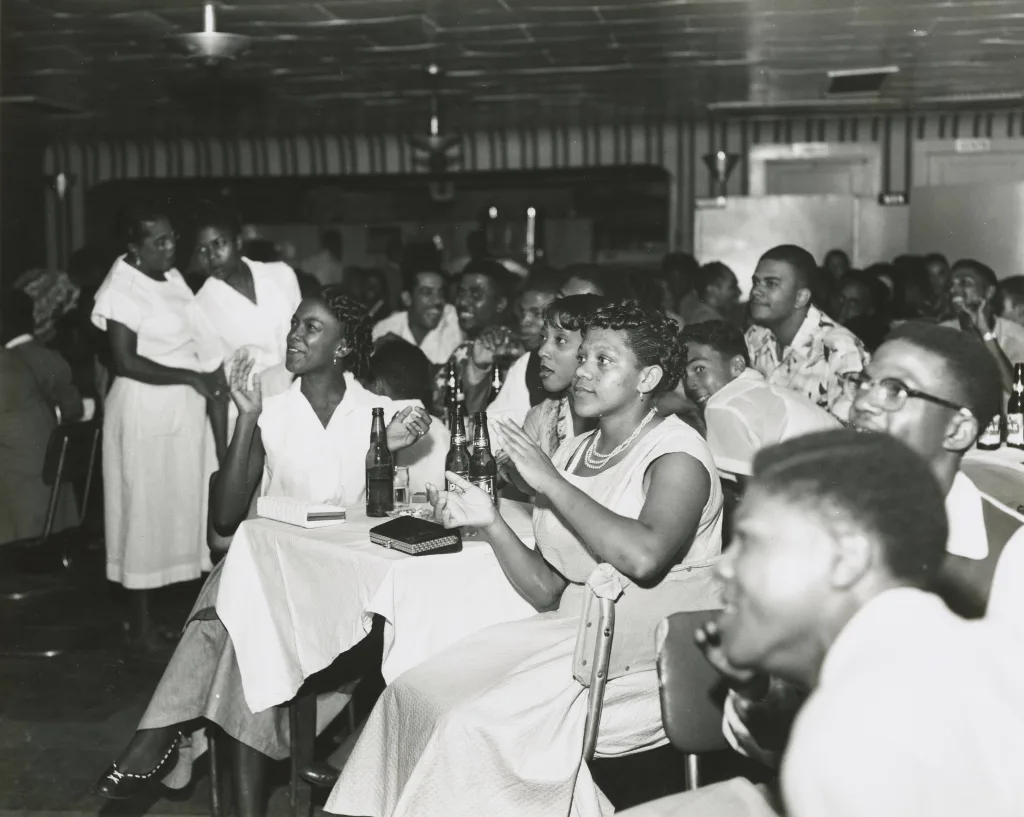
jaci remondet staff Jerry Jones former Lafourche Parish Councilman Thomas Lyons raised in Houma and moved to Thibodaux for college Harvey Hill Chitlin’ Circuit venue owner Hosea Hill’s grandson
C.M. Washington: Educating the Community
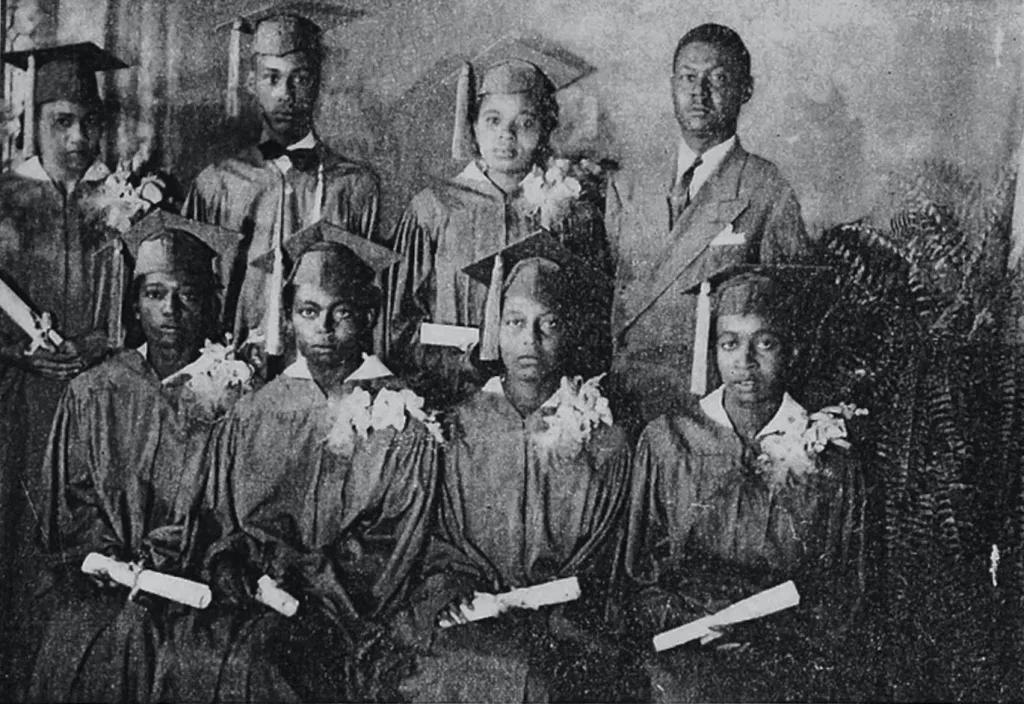
jennifer marts staff In 1902, a Black woman named Cordelia Matthews Washington pioneered the Negro Corporation Training School in “back of town” Thibodaux, Louisiana. African American children traveled lengthy distances from Cut Off to Houma and even Napoleonville to attend this all-Black school. “I had to make a round trip of 70 miles a day, because I decided I wanted a high school education. It was such a long trip to and from school, I tried to do some of my work on the bus.” Marilyn Marts, a Larose native The vision for the school began with Washington’s passion for education, driving her to create the first African American educational institution within the tri-parish area. “The best education I got was going to the all-Black C.M. Washington High School,” says 1963 graduate Donald Johnson. “The teachers really cared about the students, and they made you learn.” In 1942 the school board changed the name to C.M. Washington Elementary and High School in honor of the founder. After integration in 1968, the school’s name changed to South Thibodaux Elementary School despite pushback from the community and the school’s alumni association. “Our goal was to get the name (C.M. Washington) returned to at least one of the schools in the area,” says Marian Ellis, a 1959 graduate of C.M. Washington and member of the school’s alumni association. With pressure from the alumni association, the Thibodaux City Council changed the school’s name back to C.M. Washington in 2019. “The vote was unanimous,” says Ellis. A century after Washington started the school, current principal, Gina Johnson, says the school is still serving the area’s children. “The teachers here work really, really hard and their main focus is doing what’s best for our kids and putting things in place to motivate them, challenge them, and keep them abreast academically as well as socially and emotionally.” Gina Johnson Washington left an educational legacy along Bayou Lafourche that built a foundation for the Black community. Ellis says, “I am proud to be a graduate of C.M. Washington.” Born in Lafourche Parish, Louisiana in January 1876, Cordelia Matthews Washington was an educational pioneer who championed a school for the Black children of the Bayou Region. Side of School Back View of the School C.M. Washington Sign C.M. Washington Cheerleaders from 1964-1968 C.M. Washington High School A Current Classroom Current Classroom Decoration More Classroom Decoration C.M. Washington Female Teachers First Building of C.M. Washington Elementary Graduating Senior Class Homecoming Flyer from 1958 of C.M. Washington Alma Mater in 1953 lyrics C.M. Washington School Marker Today’s School Decoration Mrs. Marion Rhodes Fleming Street C.M. Washington is on Gina Johnson, Principal of C.M. Washington Football Team Poster The Proclamation of C.M. Washington
Podcast Series: Artists From The Circuit
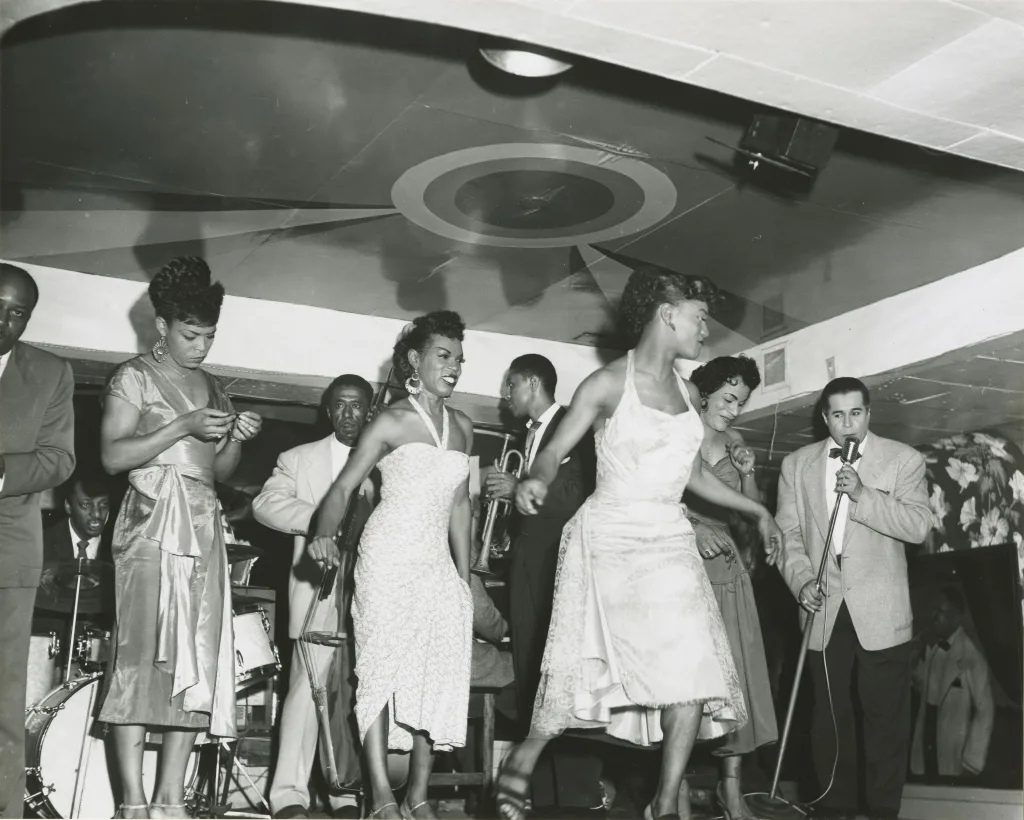
hannah robert podcast editor Tony Hall about being an artist on the Chitlin’ Circuit Bobby Rush about being an artist on the Chitlin’ Circuit
A Traveling Guide: The Green Book
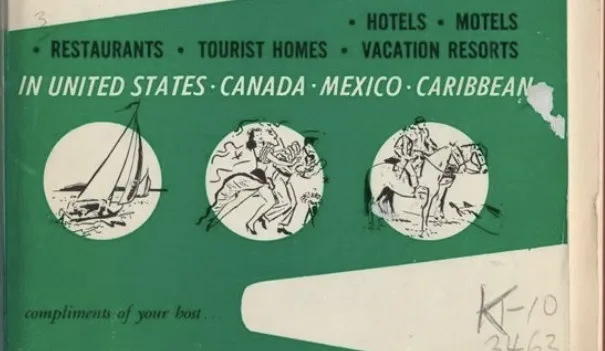
skylar neal staff Other Green Book Travel Guides During Segregation
Guitar Slim: A Musical Legend
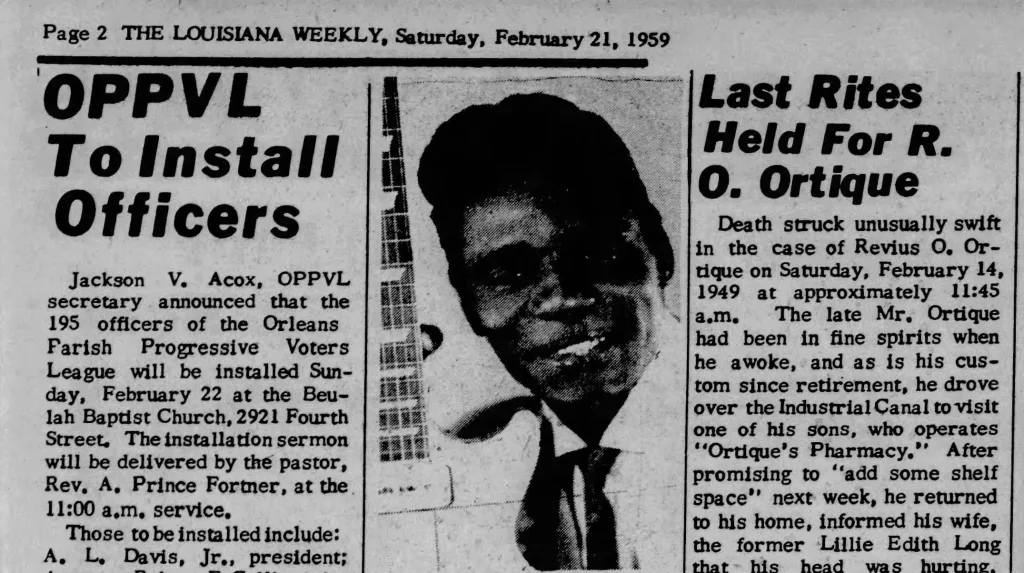
gabrielle chaisson staff
The Rose Club
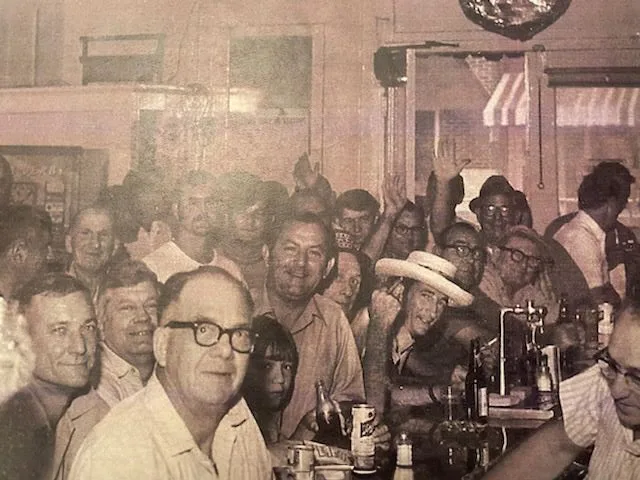
kaylie st. pierre staff The grand opening of The Rose Club in the 1950s was the beginning of years of dancing, music and memories for the South Louisiana residents of Verdunville. The Rose Club was a dance hall that welcomed many talented Black artists, starting during the grand opening with Hosea Hill’s Serenaders. The Serenaders were a house band of The Sugar Bowl, a popular bar on the Chitlin’ Circuit in Thibodaux near Verdunville. The owner of The Sugar Bowl, Hosea Hill, started the band. Rose and Curtis Martin originally owned the club, located at the intersection of Highway 182 and Prairie Road. Originally a store and gas station in the 1930s, it became the Rose Club in the 1950s. Their grandson Billy Martin has fond childhood memories of the club. “In the ’50s, Popsi bricked it and redone inside,” says Billy Martin. “It was awesome as a little kid to go inside. I stayed on the pinball machines.” This venue offered dining and dancing every night, except Mondays from 6 p.m. to midnight. The menu had a variety of items from steaks and fried chicken to seafood. A highlight was live music on Saturdays and air conditioning. The Rose Club hosted a variety of orchestras and bands. Thomas Lyons, a Thibodaux resident, always had a love for music. In 1972, he discovered a local Black zydeco artist named Clifton Chenier. Years later, Lyons got word of Clifton performing with his brother, Cleveland at The Rose Club. He took a trip to Verdunville for Chenier. “I had this transcendent experience because Clifton Chenier was playing,” Lyons says. “I am fixated on Cleveland playing the washboard to this day.” Rose Martin, great-granddaughter of Rose and Curtis, says her family’s venue inspires her. “I’ve heard many beautiful stories about the club — how fated relationships were created there; family outings were spent there and nothing but good times were a big hit at the club.” Rose Martin In 1981, a fire destroyed The Rose Club. Although the venue is no longer, its memory remains. Rose Martin says, “I can only hope that one day our little community can have something like that again.” Photos courtesy of Rose Martin A ticket to The Rose Club Grand Opening night when Hosea Hill’s Serenaders opened The Rose Club as a Dance Club. The Rose Club after it was redone as a club. The Rose Filling Station in 1933 as a gas station, before it was the dance club called The Rose Club. The interior of The Rose Club The interior of The Rose Club. Billy Martin, whose grandparents Rose and Curtis Martin Sr owned the Rose Club, posing in front of the Rose Club before it was a dance hall. Rose Martin, the owner of The Rose Club, with her two daughters.
The Secret Code of the Chitlin’ Circuit
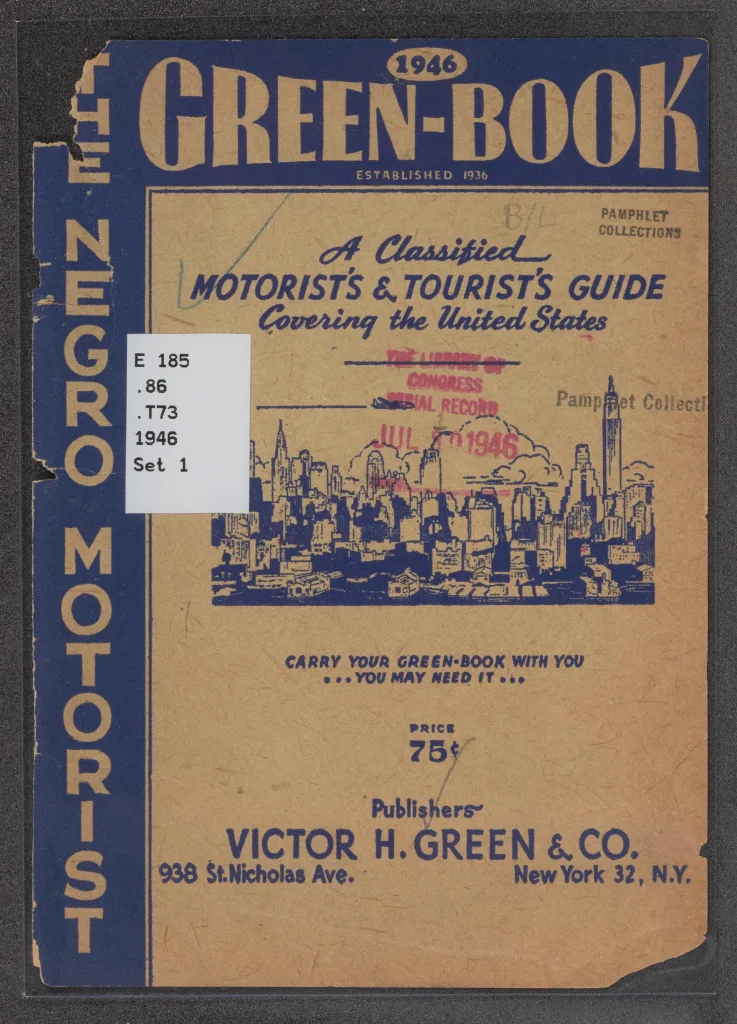
sally-anne torres staff During segregation, Blacks came up with ways to tell each other where to go so they could be safe and enjoy activities. The “Chitlin’ Code” represents how they knew what venues to visit or where to perform. The world of Black music existed separately from the entertainment nearly everyone listened to at the time, says Preston Lauterbach, author of The Chitlin’ Circuit and the Road to Rock ‘N’ Roll. On the circuit, Blacks could safely attend various establishments, including theaters, juke joints, nightclubs and restaurants, spread throughout the southern U.S. “Due to segregation in this country, African American people did not have access to mainstream America,” Lauterbach says. But venues serving chitlins signified that it was a safe space for Black performers to sing or act for their audiences, says Jackie Avery, a musician from the circuit. “Most of those places [venues] were considered people’s houses,” Avery says. Chitlins, short for chitterlings or animal intestines, is a dish that dates back to slavery and plantation life, Lauterbach says. “If there was a slave owner who had the hog butchered, the master is going to keep the pork chops, ham, bacon and all of the more desirable cuts. And the slaves will be left with pigs feet, snout, ears and the entrails.” Preston Lauterbach Venues also could not always pay in cash and would pay with food instead, according to Lloyd “Teddy” Johnson, owner of Teddy’s Juke Joint. “You always feed the band because most of the time, they’re homeless,” he says. According to Lauterbach, this “code” might be viewed more as a variation of the Green Book rather than an actual code. The Green Book was a published book that served as a guide for Blacks, indicating places that welcomed them. The book featured places like the Dew Drop Inn, the Chicago, and the Apex Club. Lauterbach also says that the Chitlin’ Circuit was a safe space for Black musicians because it coincided with their history and culture with slavery and plantations. “African American people came to understand how the circuit worked,” Lauterbach says. Segregation laws made it illegal for Blacks and whites to patronize the same places during the Jim Crow era. So Blacks took the initiative to create safe spaces of their own. Spaces like the Chitlin’ Circuit where they could cultivate and appreciate music and theater despite the restrictions.
